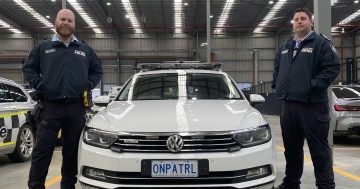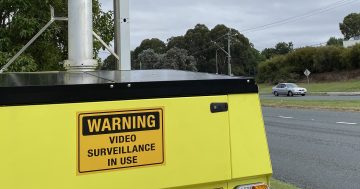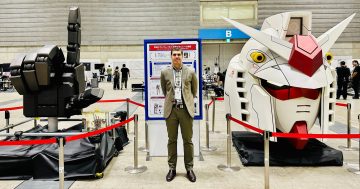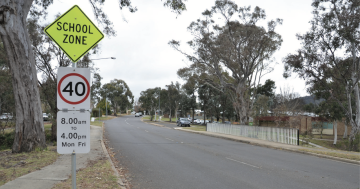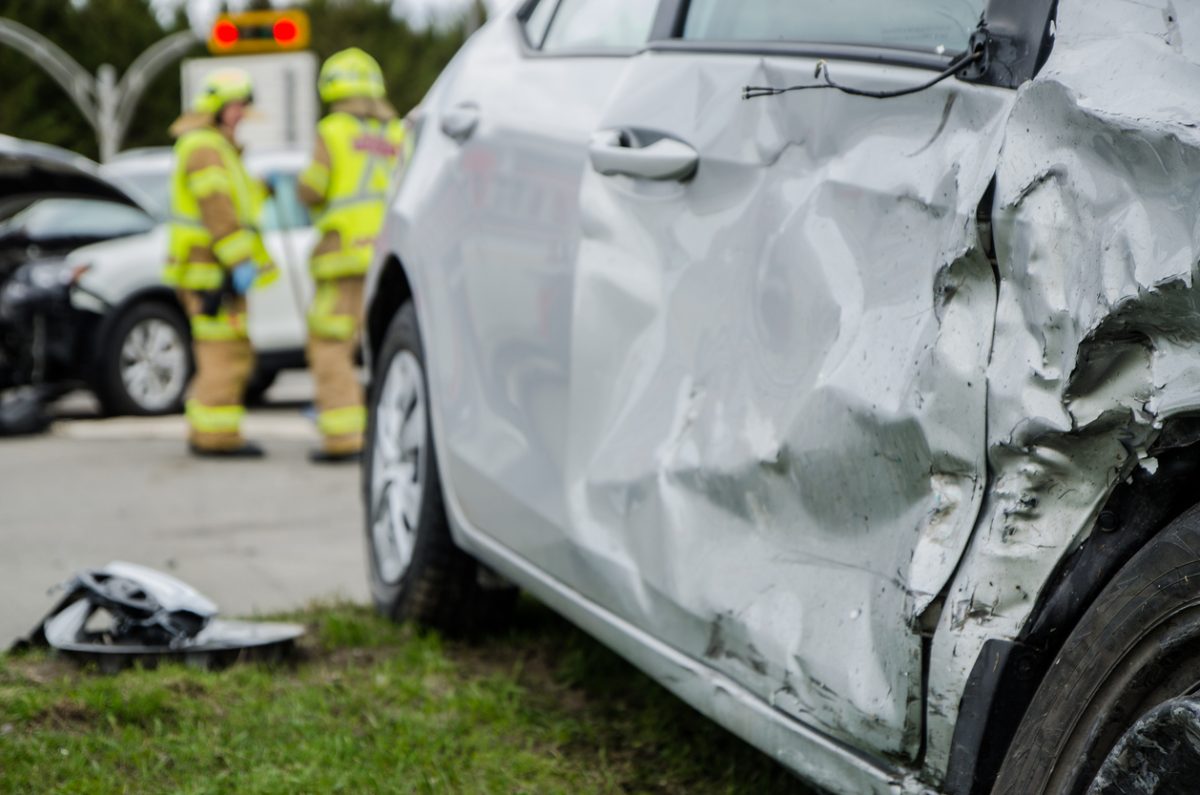
Could intelligent speed adaptation prevent more car accidents? Research suggests it can help reduce speeding. Photo: File.
This month, the findings of the ACT Legislative Assembly’s inquiry into dangerous driving were released.
While there was some important media coverage given to many of the inquiry’s recommendations, especially those around the creation of new dangerous driving offences and enhanced police powers, the potential role of intelligent speed adaptation (ISA) technology didn’t get the attention it deserved.
If you think you don’t know what ISA technology is, be patient because I’ll get to that.
Human behaviour is a funny beast. Not one of us behaves as well as we know we should. If there’s ice cream in the freezer, some of us eat too much of it. When the school crossing speed limit says 40, some of us let ourselves nudge up to 44.
Most of us want to behave better, at heart. We don’t need all that ice cream. We want kids to be safe getting to and from school.
Helping humans to behave better creates thriving enterprises across multiple fields, from the diet and wellness industry, to serious academic research, to cutting-edge technology.
Because, again, most of us like – and need – a helping hand in improving behaviour we know isn’t healthy or safe. Most of us also want to see stronger curbs on the people who can’t or won’t control their own egregiously dangerous behaviour.
This is where we get to intelligent speed adaptation.
You might not think you know what it is, but you’re probably already using it in some form. For example, the cruise control and sensing technology on modern cars allows you, as a driver, to make sure you don’t exceed highway or school zone speed limits.
Your car may even have the capacity to brake for you when it senses a slower vehicle or other obstacle ahead.
Many cars are equipped with warning devices that tell you if you’re speeding, not wearing your seatbelt, or about to hit another vehicle as you change lanes.
At this stage, however, the use of these systems tends to be at the driver’s discretion. You can choose whether or not to set cruise control at 40 when you enter a school zone, or you can turn off the warning noises if they annoy you.
There’s a lot more that could be done with these systems to help us improve our own behaviour and keep ourselves and others safe on our roads.
Ultimately human behaviour can be resistant to change, no matter what we do with repeat offences, impaired drivers, police powers, bail provisions and criminal sentencing.
ISA technology offers us further options, and we already have evidence that shows it works. A trial in NSW in 2010 found that an ISA system reduced speeding in 89 per cent of trial vehicles, and reduced the likelihood of speeding by almost 30 per cent when the system was active.
The Inquiry into Dangerous Driving heard from Dr Rod Katz of the Australasian College of Road Safety that a number of reviews of ISA technology have been conducted in recent years in Europe and Australia. Three levels of ISA have been identified, starting with advisory information, then warning systems and, finally, intervening or mandatory controls. This last level appears to generate the highest improvement in safety. Court-ordered installation of systems like this to curb repeat offenders could save lives.
In fact, we can easily do more with ISA technology. Heavy vehicles have had speed limiters for many years, and there is no reason why these could not be made mandatory on passenger vehicles.
The ACT Government itself should set high standards for the vehicles in its own fleet when it comes to using these systems. By providing a model for their use and advocating their adoption by other jurisdictions, the ACT can once again lead in the application of good government policy.
I will be pursuing these ideas in the Legislative Assembly, because every avoided accident means avoided financial cost and human pain.
– Andrew Braddock MLA is a Member for the Gungahlin-based seat of Yerrabi, elected to the ACT Legislative Assembly in 2020.












